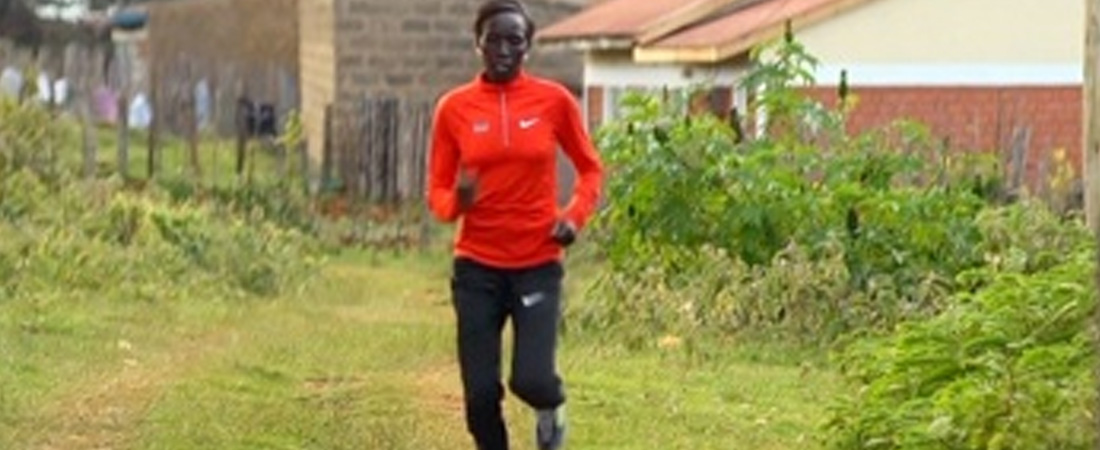But the Road Runners have been expanding well beyond the marathon in recent years. Races have been added, in-school programs have been developed and the organization has begun to offer workshops to promote running for health and wellness. To better represent this broader mission, the Road Runners have decided to rebrand themselves.
On Monday, the club will unveil a new logo, a redesigned Web site and a manifesto, all intended to capture the evolving role and spirit of the organization, which began in 1958 with a few dozen runners and has grown to more than 60,000 members. The Road Runners hope that the overhaul conveys their broader goals to their members, donors and business partners.
“People know us best for the marathon, but it’s always been about something more,” said Mary Wittenberg, the president of the Road Runners. “What’s vital is that the world knows what we’re doing here. The more people who know that, the more people who will volunteer, donate or help.”
Instead of signing up sponsors based on specific events, Wittenberg hopes businesses sponsor the Road Runners throughout the year because they want to be associated with the club’s broader health and wellness campaign.
The heart of the rebranding is the organization’s new tagline, “Run for life,” which is meant to encompass not just competitive and longtime runners but also entry-level participants who want to become more involved in the sport, making the Web site more inviting to younger runners and beginners. To better explain their ambitions, the Road Runners have also created a somewhat whimsical manifesto that is meant to motivate every type of athlete. It begins:
Run for the rush. Run to be strong. Run to turn ‘I can’t’ into ‘I did.’ Run out of excuses. Run because staying still is lethal.
Ross Anderson, the chief strategy officer at Doublespace, said that the manifesto “tries to show all the reasons running is accessible for people and how it touches people’s lives in different ways.”
He added, “It’s about getting people to go from sedentary behavior to active behavior.”
The Road Runners’ new logo is designed to signal that message, too. The apple that has surrounded a runner for more than three decades has been cast aside in favor of a runner striding between the Y and R in N.Y.R.R. In far smaller type size, the words New York Road Runners are written below the runner and the group’s initials. This will allow the abbreviation N.Y.R.R. to take a more prominent role.
“Down the road, the words New York Road Runners could disappear entirely,” Wittenberg said.
There is a danger in abandoning the apple. Not only is it a universal and beloved symbol of New York, it represents the organization’s roots on the city’s streets. By dropping the words “New York” in favor of an abbreviation, the organization risks becoming generic.
Still, according to one branding expert who has done work for several sports teams, the Road Runners are not the Yankees or the Green Bay Packers, so members and business partners are unlikely to complain too loudly.
A version of this article appeared in print on October 31, 2011, on page D4 of the New York edition with the headline: Road Runners’ Manifesto: More Than Marathoners.

